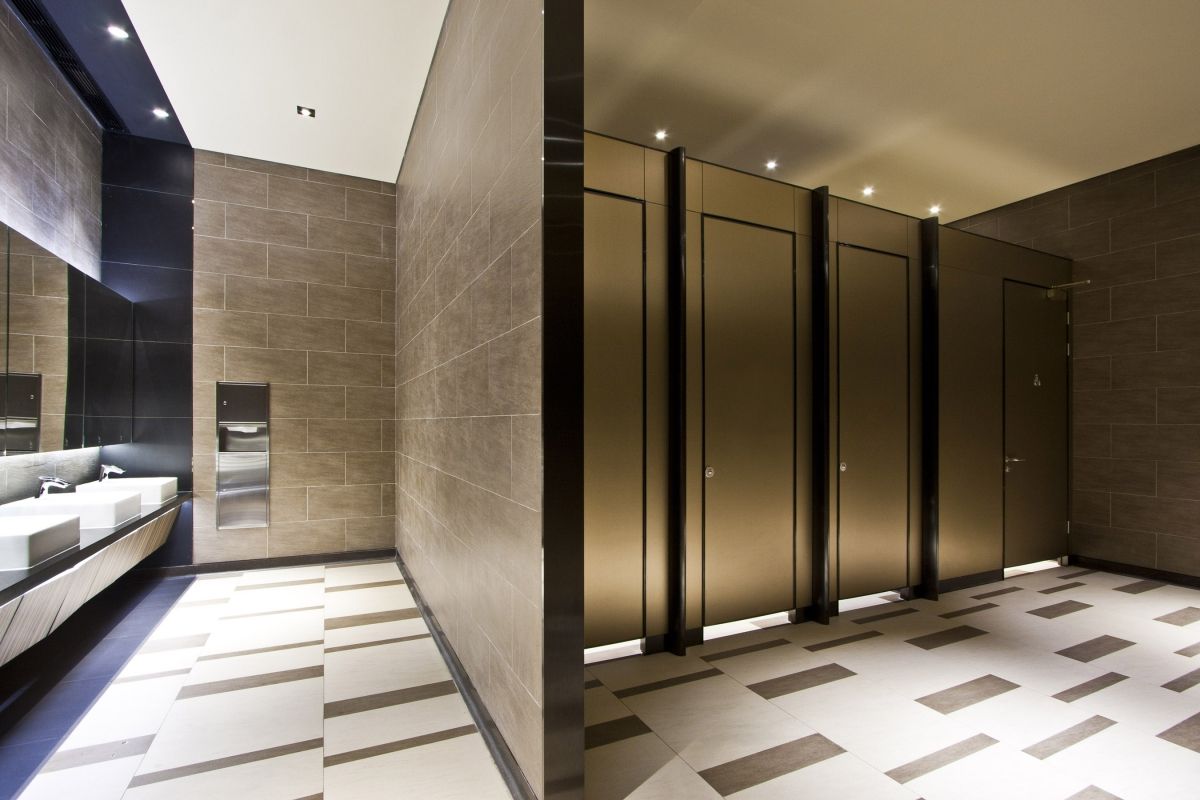
Remember Quantified Toilets?
This was a hoax perpetrated in 2014 by a company claiming to have invented a “smart toilet” that could analyze, shall we say, deposits to detect such factors as gender, drug and alcohol levels and pregnancy status. It turned out the company was fake and Quantified Toilets (“Capturing toilet behavior for real-time data and health analysis”) was a “thought experiment” to seriously explore the privacy implications of such technology and issues of how such data could be mined and manipulated.
The subject of bathroom privacy is trending as the industry grapples with 21st century issues ranging from access laws to health unease in the time of Covid. Privacy concerns and considerations will profoundly shape bathroom design. What kind of changes do bathrooms need to undergo to address increasing privacy concerns? What will bathrooms look like in one year, let alone five?
Credit (or blame) the Internet for making us all more privacy conscious, whether its companies tracking our browsing habits to more impactfully target their ads to us or fending off cyber-scammers in their relentless pursuit of our credit card or banking information.
It is ironic that people have come to expect privacy when they use a public bathroom even though these are shared spaces designed for multiple and simultaneous occupants, as The Atlantic magazine noted recently. In his book, The Bathroom, Alexander Kira wrote that public bathroom users expect privacy for their own activities and privacy from other people doing theirs.
This brings us back to the bathroom design. Privacy considerations have taken on contemporary undercurrents that have compelled designers to rethink traditional American bathroom stall partitions, which have exposed bottoms and tops and unwelcome peek-throughs between the door and frame. The reasons why bathroom stalls do not extend to the floor are mostly practical. Two of the most obvious are that it allows for floors to be easier to clean and for those waiting in line for a stall to see if it is occupied.
But the lack of privacy is an issue that impacts users of every age. A survey among students at Landrum Middle School in Houston, Texas, found that a staggering 85 percent of students reported being uncomfortable using the bathrooms because of privacy. Anecdotally, an eighth-grader shared that she avoided using the school bathrooms. “I feel like I’m being watched,” she said.
A survey of trends in public bathroom design finds an emphasis on privacy at a time when already in some states, adults and children, men and women and the physically-challenged, use the same bathroom. European bathrooms took a leading role in designing floor to ceiling partitions as well as urinals not out in the open.
American companies have begun to incorporate these forward-thinking designs in our public bathrooms. Thrislington, for example, have been taking the lead in enhancing privacy with partitions whose floor-to-ceiling doors close flush against the frame. Global Partitions introduced its Urinal Screen whose upgraded design includes “No Sight” hardware.
Another innovation is the singer-user bathroom, which offers enhanced privacy for those with “shy bladders” and eliminates any controversy over which bathroom a transgender person should use.
While the public bathroom will continue to evolve in heretofore unimagined ways, taking privacy into consideration will ensure that bathrooms in the future will serve people regardless of their gender, age or physical challenge.
For more information about the present and future of bathroom design, call Prestige Distribution at 847-480-7667, or visit our website at prestigedistributioninc.com
